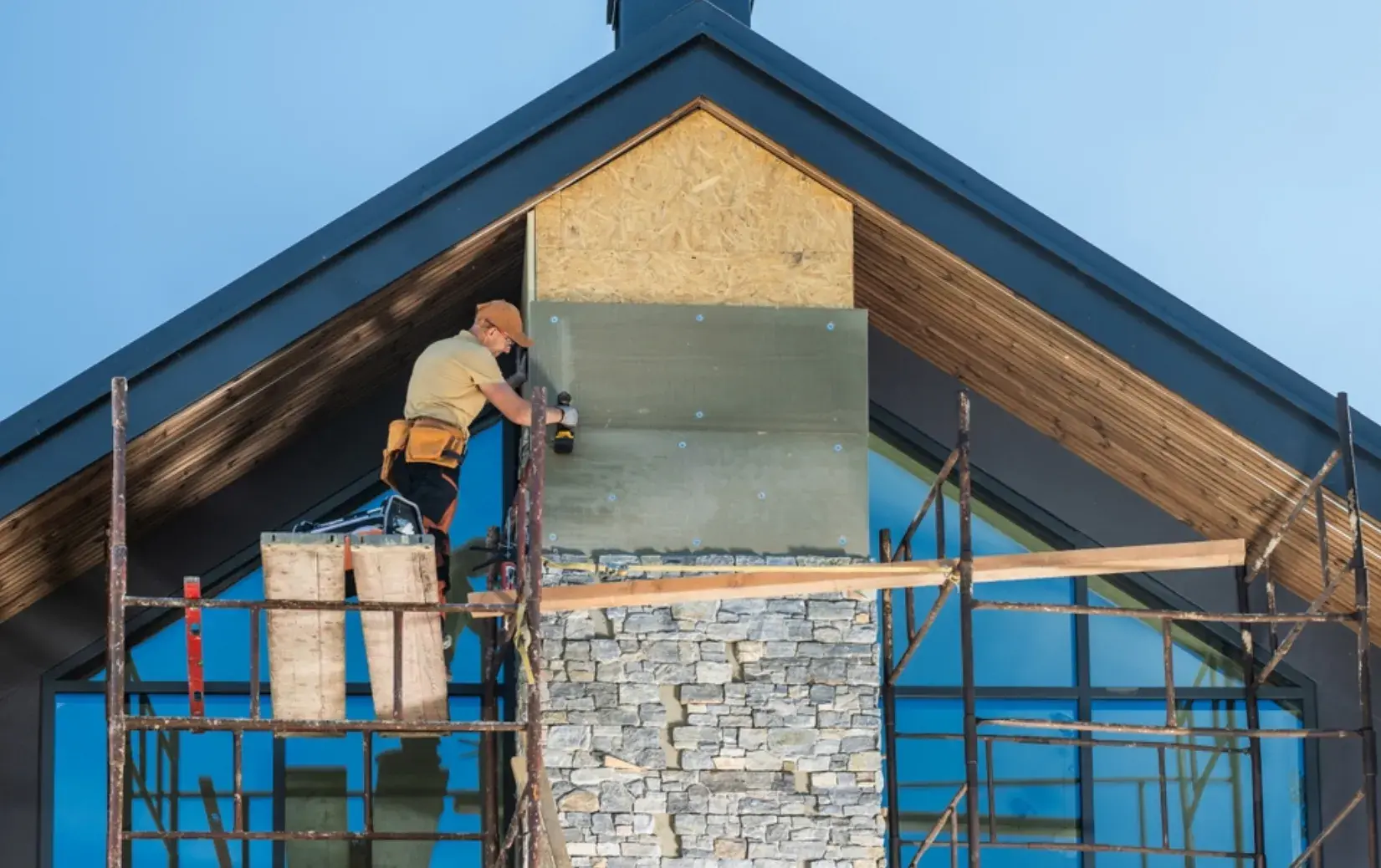When economic uncertainty strikes, many San Jose homeowners put their home remodeling plans on hold. However, strategic home improvements can actually be a wise investment during downturns, potentially increasing property values while creating more comfortable living spaces. This guide explores cost-effective smart home upgrades specifically tailored for San Jose residents navigating challenging economic times.
The Bay Area housing market, particularly in tech-centric San Jose, experiences unique pressures during economic fluctuations. While high-end renovations might seem risky during downturns, targeted smart home upgrades offer substantial returns on investment through energy savings, enhanced functionality, and increased home appeal—critical factors in Silicon Valley’s competitive real estate landscape.
Economical Smart Home Improvements That Deliver Value
The key to successful home remodeling during economic downturns is selecting projects that maximize impact while minimizing costs. San Jose homeowners should focus on upgrades that enhance daily living while simultaneously building long-term equity.
Smart home technology represents an ideal intersection of immediate quality-of-life improvements and lasting value. Unlike purely cosmetic updates, intelligent home systems often pay dividends through reduced utility costs, improved security, and increased market appeal when economic conditions improve.
The following smart home upgrades are particularly suitable for San Jose’s climate, housing stock, and tech-savvy population during economic slowdowns:
Energy-Efficient Smart Systems for California’s Climate
Smart thermostats represent one of the most accessible entry points into home remodeling for budget-conscious San Jose homeowners. Unlike comprehensive renovations requiring substantial upfront investment, smart climate control systems offer immediate utility savings while enhancing comfort.
Products like Nest, ecobee, and Honeywell smart thermostats learn household patterns and automatically adjust temperatures to optimize energy usage. These devices are particularly valuable in San Jose’s Mediterranean climate, where spring and fall temperature fluctuations can lead to inefficient HVAC operation.
Many San Jose residents comfortably handle self-installation, and local utility providers frequently offer rebates reducing net costs. The California Energy Commission estimates smart thermostats save homeowners 10-15% on heating and cooling costs—significant savings given Northern California’s energy prices.
Beyond thermostats, consider these energy-focused home remodeling upgrades:
- Smart ceiling fans that automatically adjust speeds based on room temperature and occupancy
- Automated window coverings programmed to block solar heat during peak afternoon hours
- Intelligent power strips that eliminate phantom energy drain from devices
- Smart water heater controllers that optimize heating schedules
Each of these improvements represents targeted home remodeling strategies that balance upfront costs against ongoing savings—crucial considerations during economic downturns.
Kitchen and Bathroom Technology with Strong ROI
Kitchen and bathroom renovations traditionally deliver strong returns on investment in San Jose’s housing market. During economic downturns, complete remodels may prove financially challenging, but targeted smart upgrades offer substantial value without extensive reconstruction.
Smart faucets represent an accessible entry point for kitchen home remodeling, combining water conservation with enhanced functionality. Touchless operation reduces disease transmission—a feature gaining importance following recent public health concerns. Voice-activated models allow hands-free operation during cooking, while programmable features like measured dispensing streamline meal preparation.
Water conservation remains particularly valuable in drought-prone California. Smart fixtures typically reduce water consumption by 20-30% through efficient flow rates and automatic shutoff features. Local water authorities often provide rebates for water-saving improvements, further enhancing their economic appeal during downturns.
Other kitchen technology improvements with strong returns include:
- Under-cabinet lighting systems with motion activation and color temperature adjustment
- Smart appliance upgrades that optimize energy and water usage
- Refrigerator cameras reducing food waste by displaying contents remotely
- Voice-controlled assistants streamlining recipe access and kitchen timers
Similarly, bathroom upgrades focused on water conservation and convenience enhance daily living while controlling costs. Smart shower systems with programmable temperature settings eliminate water waste during heating, while leak detectors prevent costly water damage—particularly valuable in older San Jose homes with aging plumbing systems.
Low-flow toilets with dual-flush capability represent an affordable upgrade delivering immediate water savings. Models incorporating leak detection provide additional protection against unexpected repair costs—crucial during economic uncertainty.
The housing market consistently rewards thoughtful bathroom and kitchen improvements. Even during downturns, these spaces significantly influence buyer perceptions and property valuations, making targeted upgrades strategically sound when comprehensive home remodeling exceeds current budgets.
Lighting Automation for Efficiency and Ambiance
Smart lighting represents perhaps the most accessible entry point for home remodeling during economic downturns. The transition from conventional to intelligent lighting systems can be implemented gradually, with homeowners adding components as budgets allow.
Entry-level improvements include replacing key fixtures with smart bulbs controlled via smartphone applications. These allow customized lighting scenes, remote operation, and automatic scheduling—enhancing both convenience and energy efficiency. Mid-tier upgrades incorporate motion sensors automatically activating fixtures in frequently used areas like hallways and bathrooms.
More comprehensive lighting automation replaces conventional switches with smart alternatives controlling both traditional and intelligent fixtures. These systems integrate with broader home automation platforms, allowing coordinated operation with security, climate, and entertainment systems.
The energy savings from automated lighting prove particularly valuable in San Jose’s high-cost utility environment. Occupancy-based automation eliminates wasted electricity from unoccupied rooms, while dimming capabilities reduce consumption during daylight hours. California’s commitment to renewable energy makes such efficiency measures increasingly valuable as the state progresses toward carbon reduction goals.
Beyond practical benefits, intelligent lighting enhances home aesthetics—crucial when economic conditions limit more extensive remodeling. Programmed scenes can transform existing spaces without structural modifications, allowing homeowners to refresh interiors at minimal cost.
Planning Your Smart Home Strategy During Economic Uncertainty
Economic downturns demand strategic approaches to home remodeling. Rather than abandoning improvement plans entirely, San Jose homeowners should pivot toward phased implementation focusing on maximum return investments.
Begin by assessing your property’s specific needs and existing infrastructure. Older homes may benefit most from systems addressing deferred maintenance concerns, such as water leak detection or efficient climate control. Newer properties might prioritize convenience and lifestyle enhancements delivering immediate quality-of-life improvements.
Develop a multi-year implementation strategy dividing improvements into budget-appropriate phases. This approach allows consistent progress toward comprehensive home remodeling while respecting financial constraints. Consider starting with standalone systems requiring minimal infrastructure modification before advancing to more integrated solutions.
When selecting specific products, prioritize systems offering:
- Compatibility with multiple platforms ensuring future expansion options
- Strong manufacturer support and update histories preventing premature obsolescence
- Local installation support from experienced professionals
- Reasonable subscription costs for any required cloud services
- Strong energy efficiency ratings and potential rebate eligibility
Economic downturns often create buying opportunities as manufacturers offer incentives to maintain sales volumes. Watch for promotional periods, particularly during traditional shopping seasons, when premium components may become more accessible.
Financing Options for Smart Home Improvements
Despite economic challenges, several financing mechanisms remain available for San Jose homeowners pursuing strategic home remodeling:
- Energy Efficiency Mortgages (EEMs) – These specialized instruments allow borrowers to include energy improvements in home financing packages. Since many smart home systems deliver documented efficiency gains, they often qualify for such programs.
- Property Assessed Clean Energy (PACE) Financing – California’s PACE programs allow property owners to finance energy improvements through property tax assessments. These instruments typically offer favorable terms for qualified projects, including many smart home implementations.
- Utility Rebate Programs – Silicon Valley energy providers regularly offer incentives for efficiency upgrades. San Jose homeowners should consult local utility websites for current programs before commencing projects.
- Manufacturer Financing – Many major smart home vendors offer zero-interest financing options during economic downturns to maintain sales volumes. These programs often provide more accessible terms than traditional lending channels.
- Home Equity Lines of Credit (HELOCs) – For homeowners with significant equity, HELOCs typically offer lower interest rates than personal loans or credit cards. Their revolving nature makes them particularly suitable for phased improvement strategies.
Before pursuing any financing option, conduct thorough return-on-investment analysis comparing projected savings against borrowing costs. Prioritize improvements delivering positive cash flow through reduced utility expenses or insurance premiums.
Selecting Professional Installation vs. DIY Approaches
Installation approach significantly impacts both project costs and outcomes. While professional installation ensures optimal performance, DIY implementation can substantially reduce expenses—an important consideration during economic uncertainty.
San Jose’s tech-savvy population often possesses skills transferable to smart home implementation. Many systems designed for consumer installation require minimal technical expertise beyond basic smartphone familiarity. Manufacturers increasingly provide detailed tutorials and remote support options facilitating self-installation.
For projects involving electrical modifications, homeowners should carefully assess personal capabilities against safety requirements. California’s building codes establish specific standards for electrical work, with certain modifications requiring licensed professionals and permits. When in doubt, consult local building authorities regarding specific requirements.
A hybrid approach often delivers optimal results during economic constraints. Consider professional installation for infrastructure components like smart electrical panels or whole-house water controllers while personally implementing more accessible elements like individual smart fixtures or sensors.
When selecting professional installers, prioritize firms with:
- Specific experience with your chosen ecosystem (Apple HomeKit, Google Home, etc.)
- Strong reviews specifically mentioning post-installation support
- Certification from relevant manufacturers
- Transparent pricing without excessive upselling
- Clear warranties covering both products and workmanship
Many installation professionals offer consultation services helping homeowners develop phased implementation strategies.
Future-Proofing Your Smart Home Investments
Economic downturns present both challenges and opportunities for home remodeling. While immediate budgets may constrain project scope, thoughtful planning ensures current investments support future expansions when financial conditions improve.
When selecting initial components, prioritize systems employing standard communication protocols rather than proprietary technologies. Standards like Zigbee, Z-Wave, and Matter facilitate cross-brand integration, ensuring today’s investments remain compatible with tomorrow’s innovations. Similarly, cloud-independent systems mitigate risks associated with service discontinuation—a legitimate concern during economic uncertainty.
Infrastructure improvements deserve particular attention during constrained periods. While visible components may seem more immediately rewarding, foundational elements like robust WiFi coverage, structured wiring paths, and adequate power distribution often prove more valuable long-term. These “invisible” improvements facilitate future expansions without disruptive modifications.
San Jose’s housing stock spans multiple construction eras, each presenting unique challenges for home remodeling. Older properties often benefit from wireless solutions minimizing structural impacts, while newer construction might leverage existing low-voltage pathways for more integrated implementations. Assess your specific property characteristics when developing long-term strategy.
Perhaps most importantly, document all modifications comprehensively. Create detailed records of installed components, configuration details, and access credentials. These resources prove invaluable during system expansion and significantly enhance property value when economic conditions eventually support relocation.
Read more:
Recession-Proof Your Home: Essential Remodeling Tips for Homeowners in San Jose
How to Prioritize Home Remodeling in Tough Economic Times in San Jose


